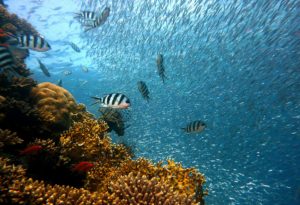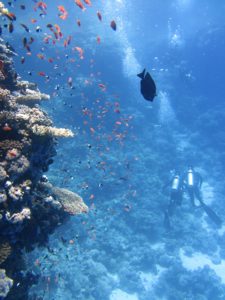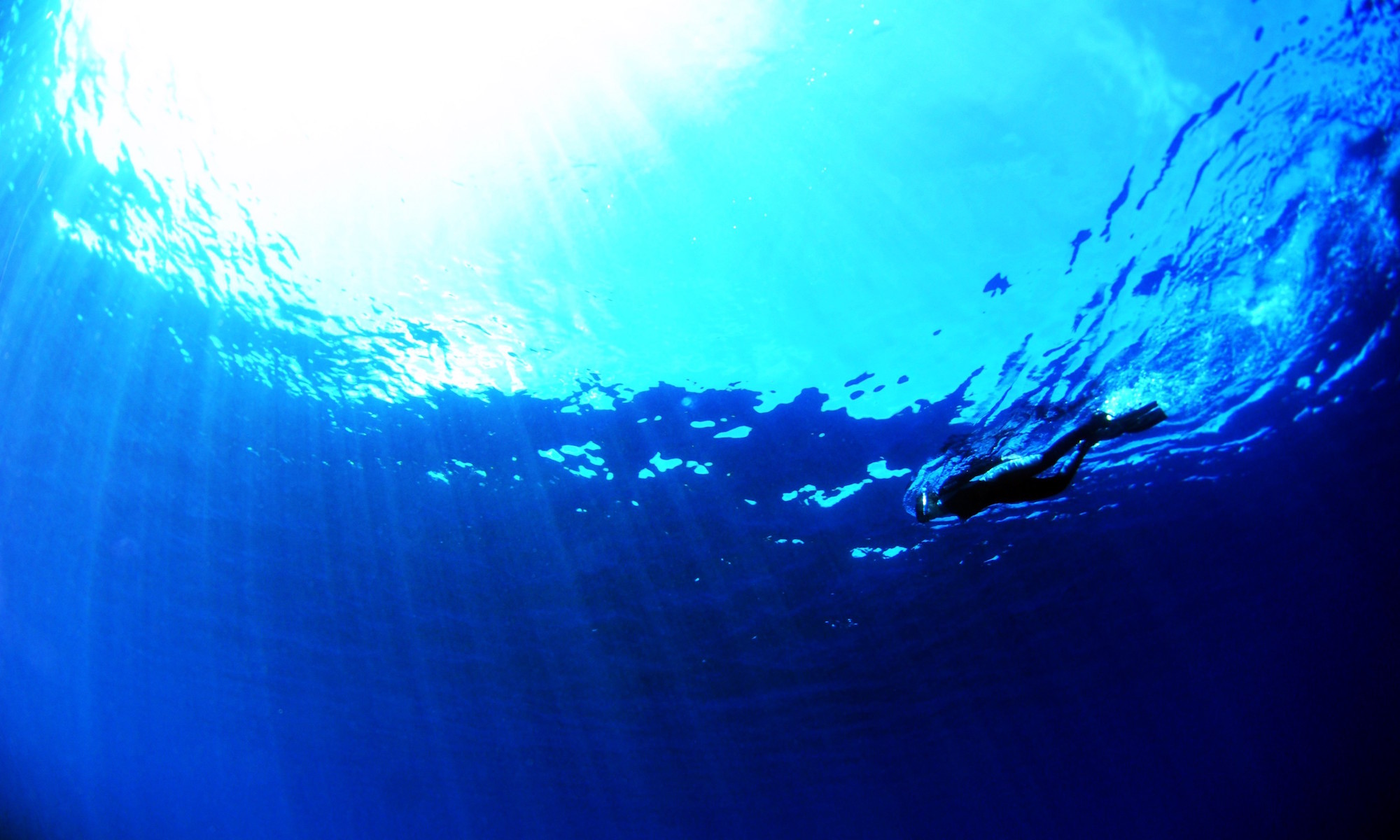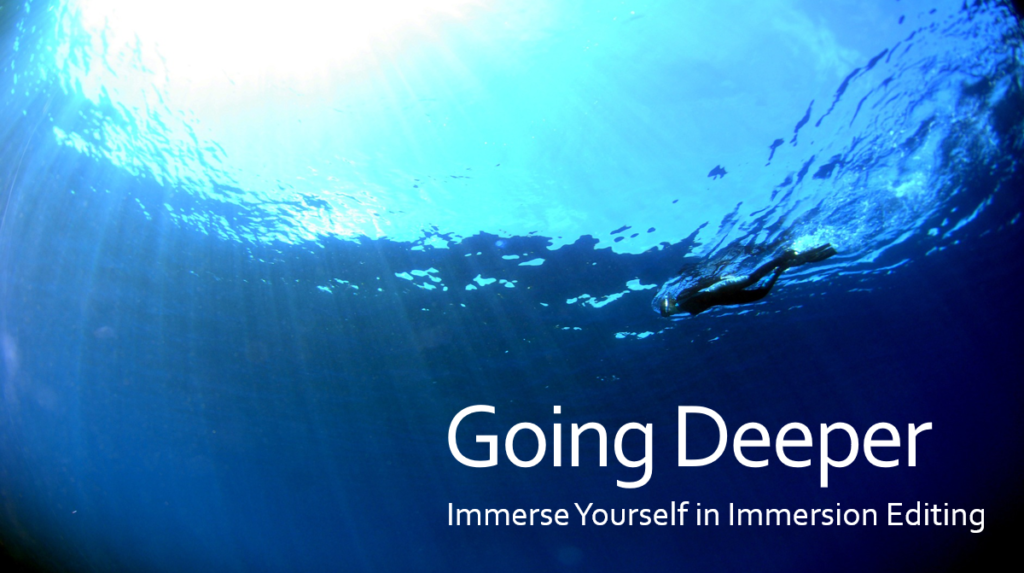I’m thrilled to report that the Going Deeper class on February 24 was a smashing success. By immersing ourselves in immersion editing, we uncovered what the mantra of “going deeper” really means. For starters, “going deeper” begs the question, “Deeper than . . . what?”
The short answer is, immersion editing goes deeper than surface editing.
For the long answer, let’s imagine we’re on an ocean excursion to check out a coral reef forty feet below the surface.
When the boat comes to a stop above the reef, many people roll up their pant cuffs, dangle their legs over the edge, and dip their toes into the water.

Maybe they look down every now and then, squinting and trying to peer through the blindly bright sun bouncing off the surface. Honestly, they can’t see a thing. They have no clue whether a reef is even down there. They might as well be back on land.
Meanwhile, a few other people eagerly don scuba gear and flip into the water. They are properly trained and properly equipped to dive deep and explore the reef up close and in-depth. They see firsthand that it’s teeming with exotic marine life. When they eventually reemerge, they’re bursting with incredible details about being in this amazing underwater world. Just from the way they talk and the expressions on their faces, you can tell it was a meaningful, transformative experience.

As the scuba divers rave on and on, you can’t help but look over at those who never left the boat. The whole point of this excursion was to explore the reef. So why didn’t they dive in too? Do they not know how to scuba dive? Or do they know how to scuba dive, yet they choose not to? If so . . . why not? It’s hard not to draw some bleak conclusions about their motives.
Now let’s translate this little allegory into reality. As I’m sure you’ve already figured out, the coral reef represents a manuscript that needs editing. But what you might not realize is that it also represents the author behind the manuscript, the person who wants a positive connection with the editor, one built on trust.
The people with their toes in the water are surface editors. They barely engage themselves with manuscripts. They typically do the bare minimum—if that. They exert little to no energy on connecting with authors. I’ve seen surface editing’s effects on manuscripts and authors. It’s heartbreaking. And maddening.
As for the scuba divers, they are immersion editors. Immersion editing is my special approach because I know authors and manuscripts deserve much more.
Yep, you guessed it: immersion editing is about going deeper. I know that truly great editing can only be achieved if I immerse myself in the manuscript, truly understand it and its message. I also immerse myself in a relationship with the author because I know the entire edit is built on rapport and trust.

If you’re an author, what do you want for your manuscript? (And let’s be frank: for your time and money?) Which type of editor do you want to work with: someone who’s ready and able to dive down deep to discover the wonders below, or someone who barely breaks the surface and hardly gets wet? If immersion editing sounds like a fit for you, let’s chat about your project and your goals.
If you’re an editor, what do you want for your career? Do you want to just sit there with your toes skimming the surface, never knowing the amazing underwater world below? Or do you want to take the plunge and go deeper? If immersion editing sounds like a fit for you too, stay tuned, as I have more classes planned for the spring and summer. My goal is to train and equip more editors to dive in and go deeper.
Now, who’s ready to check out that reef?


